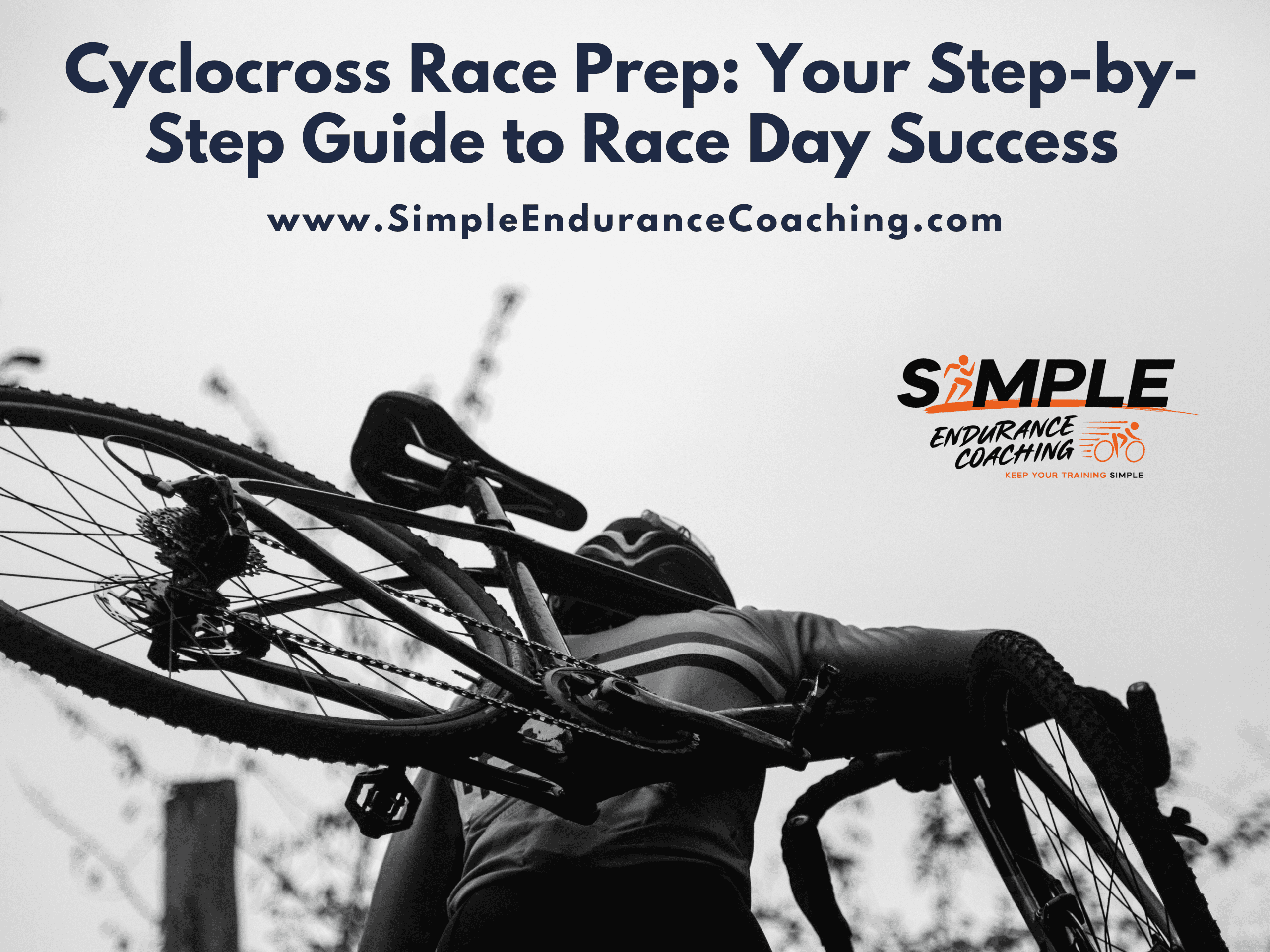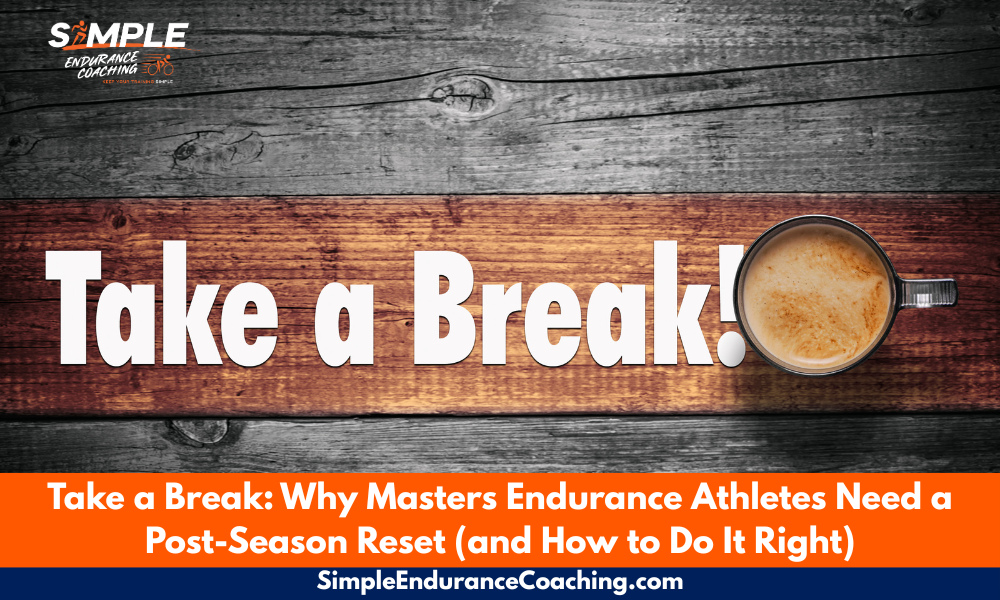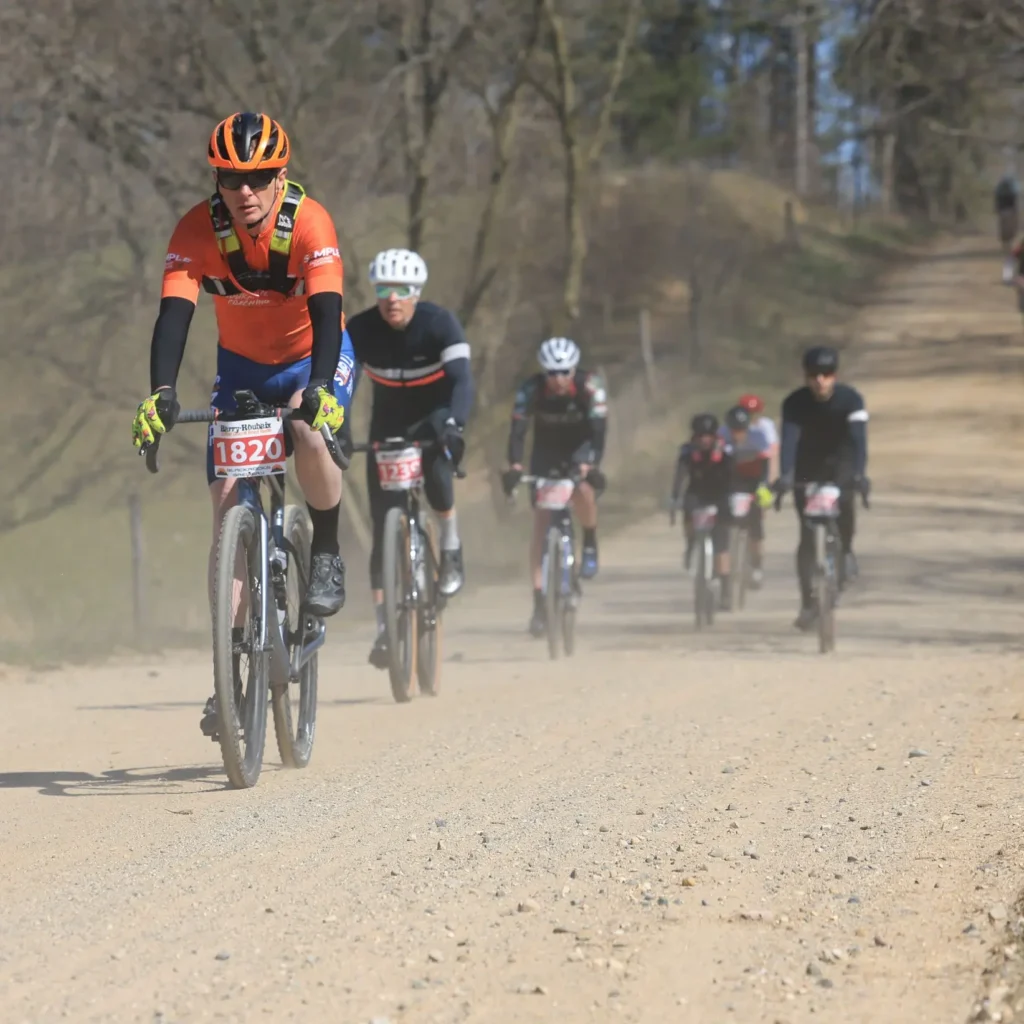Cyclocross Race Prep: Your Step-by-Step Guide to Race Day Success
Preparing for a cyclocross race takes more than just showing up to the start line-it’s about fine-tuning your body, mind, and gear for the unique demands of the course.
Whether you’re a seasoned racer or new to the gritty world of cyclocross, race-day preparation can be the difference between a smooth performance and a rough ride.
From last-minute training efforts and gear checks to nutrition and mental readiness, having a solid routine will help you approach race day with confidence.
In this post, we’ll walk you through a simple, effective process to ensure you’re fully prepared when it’s time to clip in and give it your all!

Openers can prepare your body and mind for the race ahead
The day before you line up for your cyclocross race, it’s a good idea to do a ride on your cross bike.
Get out for an hour or so for an endurance ride.
Within that ride, do three one-minute hard efforts with a high cadence.
You might practice these as starts on your cross bike, depending on the terrain.
It’s a good idea to practice clipping in as you would on the start line and keeping a high cadence as you spin up to a good speed.
The goal is to prime your nervous and cardiovascular system so that you’re feeling ready for the hard efforts you’ll do the next day.
Plus the openers can warm up your muscles after travel or a rest day.
It’s also a good idea to do some yoga or mobility work in the evening after your openers.
That helps to keep your muscles loose and ready to respond the next day.
Get a good meal in the night before
Preparing for a cross race also begins the night before with a good meal of protein, fats, and plenty of carbohydrates.
This is not carb-loading pounds of pasta; you need a well-rounded meal that will repair the day’s muscular damage and stock up your glycogen stores for the next day.
Glycogen, which comes from carbohydrates you eat, fuels your intensity the next day, and you need to make sure your muscle glycogen, where most of what you’ll be able to use is stored, is topped off.
So eating a high-carbohydrate diet the two days before your race will optimize muscle glycogen.
Prepare your gear and clothing and pack early
The day or two before, get all your gear ready to go.
Make sure your bike(s) are working correctly (allowing you a last-minute trip to the bike shop for repairs).
Clean and lube your bike and check the weather forecast to make sure you have the right tires on your wheels.
Pack your race bag and think through everything you’ll need from your head to your feet (helmet, kit, shoes, etc.).
I generally pack an extra helmet and extra pair of shoes, along with all the possible cold and wet weather gear that may come up.
In the fall, days that are supposed to be warm and sunny can unexpectedly turn cold and rainy.
I’m never sure why that happens in cross season, but I never want to be unprepared for the weather.
You can also start preparing mentally, setting process goals about what you want to accomplish.
For example, you might set a goal of railing corners with minimal braking.
Pack the car as completely as you can the night before so that you can leave the house without forgetting anything.
Eat three hours, then again an hour before the race
About three hours before your race, eat another meal of carbohydrates that are low in fiber and fat to ensure that the food is easily digestible.
I typically eat a bowl of oatmeal with some scrambled eggs to keep topped off.
A light snack about 60-90 minutes before the race helps maintain your blood glucose levels and keeps your glycogen stores topped off without causing stomach discomfort.
Aim for 30-60 grams of simple carbs.
This might also be a gel or several blocks.
Carbohydrate storage requires water, so proper hydration is critical.
Drink water with electrolytes in the hours leading up to the race, but avoid overdrinking right before.
A sports drink can also provide extra carbs and electrolytes to further top off glycogen.
Pre-ride the course – unless it’s really muddy
Once you’ve arrived at the venue a couple of hours prior to the start of your race, get your gear in order and get out for a pre-ride.
Ideally, you’ve timed your arrival so that you can get on your bike right away and do several laps of the course.
I usually take one lap pretty slowly to check out the course.I’m looking for pinch points – places in the course where there’s going to be only one good line, and challenging elements that might require a dismount or change of speed.
The second lap will be a little faster, practicing the best lines and dialing in the corners.
I might also adjust my tire pressure along the way.
I then ride to registration, get my number, say hello to people I know, and ride back to the car to get ready.
I pump up the tires to the right pressure – a topic for another blog post.
The only caveat is that with really muddy races, I generally don’t pre-ride the course – unless I have someone in the pits who will be washing my bike!
Not necessarily the best idea, but my bikes are going to get muddy and heavy in the race; I don’t need to add to the mess.
I can walk the course and get a good idea of the contours.
Do a short warmup on the trainer before the race
About 40 minutes before the start of my race, I start the proper warmup on the trainer.
It’s just 20 minutes long and does enough to stimulate my nervous system and prime the cardiovascular system for the race that’s to come.
Generally, the warm-up I give my athletes is about seven minutes of easy riding, four minutes of tempo, two minutes easy, then three times 30-second start efforts to get my heart rate into race zone.
It’s important to prime the cardio-respiratory system so that the start isn’t the first effort you’ve done for the day.
However, you don’t want to go too hard in the warmup and burn all your matches.
I generally advise my athletes to take a gel and a bottle of water after the warmup to top off the glycogen stores.
During this warmup, I’m visualizing the course and seeing myself in those challenging spots.
I’m imagining myself coping with all the challenges as well as with any mistakes I make.
I use the warmup time to mentally prepare myself for the race.
Final business before you stage
After the warmup, finish getting dressed and ready for the race.
If it’s cold, put on gear you can easily take off in the start chute.
If you have a B bike, get it to the pit as you ride to the staging area.
Use the bathroom or portable toilet prior to getting to the start area.
Make your way to staging where officials will call you up to the starting grid based on your cross results points.
On the grid, you’ll wait a few minutes as others get staged and officials give their final instructions.
This is a great chance to do some nasal breathing to calm yourself and be ready for the start.
Remember that the start is generally the fastest part of the day and will require a maximum effort right from the whistle.
Dial in a regular process
This article is meant to help cyclocross riders think through their race preparation procedures.
The goal is to get to a place where you’re doing the prep work the same way each week so that you’re able to get into a rhythm and not worry that you’re missing something.
A checklist of gear to bring and the order in which you’ll do things to prepare will go a long way to help you have your best race performance.
Need more?
Unlock the secrets to mastering gravel racing with my FREE 24-page Guide to Gravel Racing! Get yours here.
SIGN UP FOR A FREE Virtual Coffee so we can discuss your goals, ask questions, and talk about making your endurance training more effective, fun, and Simple.
Paul Warloski is a:
- USA Cycling Level 2 Coach
- RRCA Running Coach
- Training Peaks Level 2 Coach
- RYT-200 Yoga Instructor
- Certified Personal Trainer




